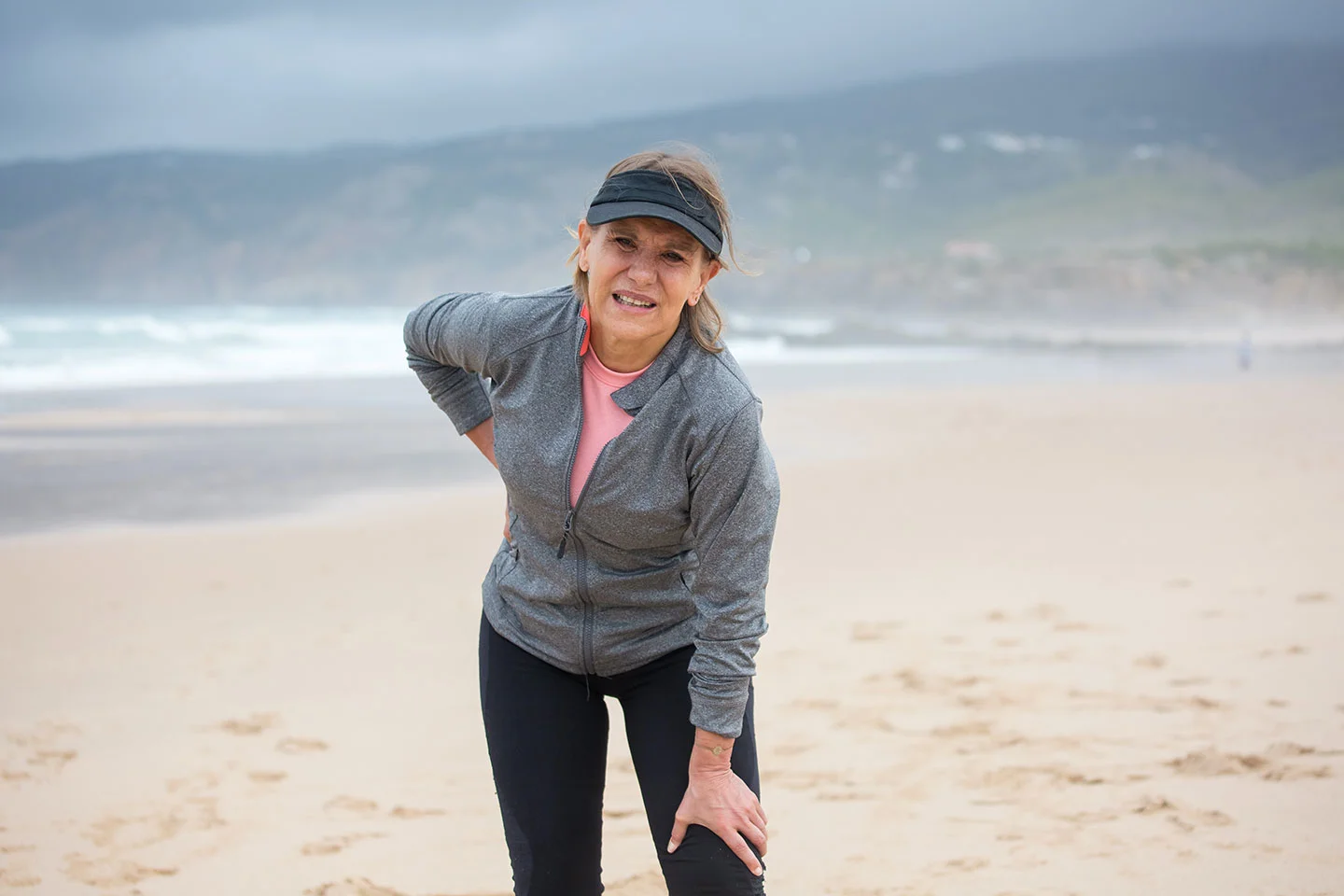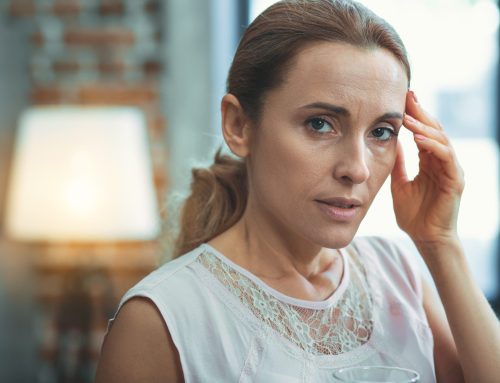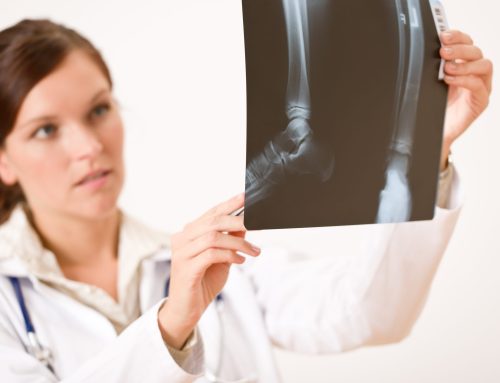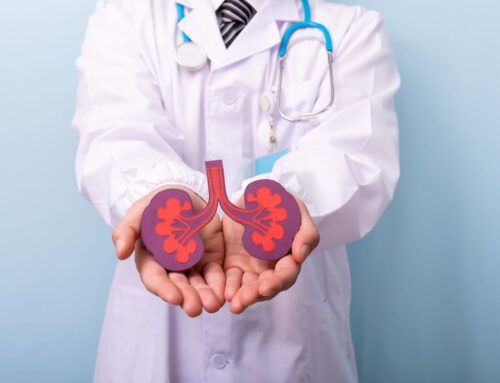
Women’s bodies go through an incredible amount of change throughout their lifetime. Whether it’s puberty, pregnancy, childbirth, or menopause, there always seems to be a new stage to which their body must adapt. While some of these changes bring their own set of challenges and benefits, menopause has a few alarming side effects that can permanently affect your way of living. While hot flashes don’t last forever, losing bone density can quickly put you on the path to osteoporosis.
Are men that reach the average menopause age (40-60) going through the same risks, or is there something about menopause, in particular, that is causing up to 10% of bone loss in the first five years? Read on to learn about the connection between menopause and osteoporosis.
What Is Osteoporosis?
Osteoporosis is referred to as a pediatric disease with geriatric consequences. AKA medical jargon referring to the actions you take in your youth will be a consequence - either positive or negative - for your bones later.
If someone has developed osteoporosis, or the early onset known as osteopenia, this means that your bone density has decreased beyond the norm. They have become brittle and can fracture without a tremendous amount of force. Something as simple as nudging the kitchen counter can put a hip out of place or tripping over a little lift on the sidewalk.
There are a number of factors that can bring on osteoporosis, but the main thing you need to know is that your bones aren’t as rigid as they seem. They are living tissues that get rid of old bone and rebuild with new bone. Before the age of 30, this happens easily and naturally. At this life stage, the bone you have is your starting point for the natural decline that will take place over the rest of your life. But other circumstances can bring you to the brink of osteoporosis if you aren’t being intentional with your lifestyle.
This disease currently affects 1 in 3 women and 1 in 5 men during their lifetime. But why are women more prone to a breakdown of bone density? Besides the fact that women are typically born with smaller bones than men, menopause is a significant contributor to accelerated bone loss.
What is Menopause?
Menopause is about more than hot flashes and mood swings. It marks the end of a person’s menstrual cycles and is diagnosed once they haven’t had a menstrual period for 12 months or longer. There is no set age for this to take place. Many women can experience early menopause between the ages of 40-45, where the Canadian average settles around 51.5 years old. However, it’s not unheard of for a person to reach menopause closer to 60 years old.
While menopause is a normal process, physical symptoms such as hot flashes and mood swings can interfere with sleep, affect mental health, and make you feel tired and low on energy. So what’s the connection between your bones and menopause? The decrease in estrogen has a surprising effect.
How are Osteoporosis and Menopause Connected?
Both women and men reach their peak bone mass between 25-30 years old. This is when their skeleton should be the strongest and thickest before starting the natural decline process. But women are losing up to 10 percent of their bone mass in the first five years after menopause. Why this sudden leap?
Estrogen acts as a natural bone protector and defender. Having low estrogen levels in the body can lead to an increased risk of developing osteoporosis. But decreased estrogen isn’t the only culprit for osteoporosis risk. Here are some other factors that should be considered:
- Age: if you’re over 30, a decline is bound to happen. A rapid decline is when you should be concerned.
- Smoking: smoking can increase osteoporosis and cause an earlier onset of menopause and osteoporosis, meaning less time for estrogen to protect your bones.
- Your body: what existing bone density you have paired with your body composition (i.e. petite or large frame) are contributors.
- Genetics: you can do everything right, but genetics plays a significant role sometimes. If a parent or grandparent had osteoporosis, you might be at a greater risk.
Despite genetics, age, or health circumstances, you have the power to be proactive against osteoporosis or, at the very least, help your bones in every way you can. You can thrive without fearing a fracture through diet, exercise, and lifestyle adjustments. That doesn’t mean you can take up some stunt sports - it just means you’re protected from easy breaks.
But what if you don’t have time for 30 minutes of exercise per day, your environment makes it difficult, or you’re facing other health concerns that are preventing it? Canadians can take control with the support of Marodyne LiV. This NASA-inspired device provides bone density benefits similar to running 18 kilometres per day. Learn more about our story and share the good news with someone you know nearing or in the middle of menopause.
Did you know menopause affected bone density? Have you ever gone through menopause? What did you notice? Share your thoughts with our readers below.




Leave A Comment